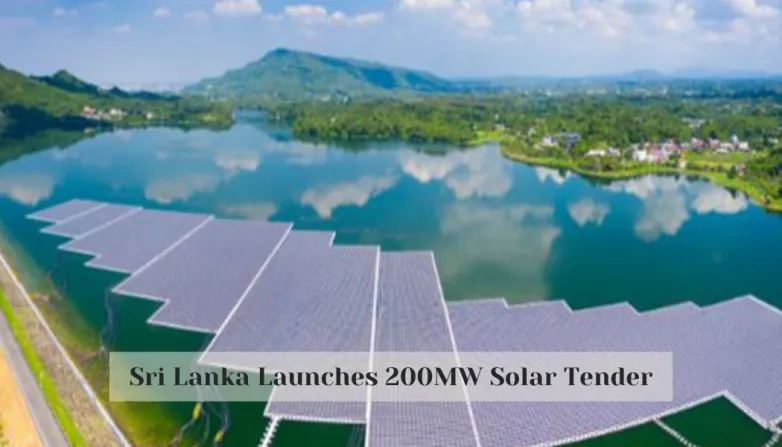Sri Lanka Launches 200MW Solar Tender
Nov 7, 2023 03:43 PM ET
- Develop two 100 MW floating solar plants at the Samanalawewa Reservoir with the Ceylon Electricity Board (CEB). Submit proposals by Dec 13, 2023. Boost Sri Lanka's solar energy market and join the 714 MW installed capacity.

The island nation is now taking a bigger leap as it plans to develop two 100 MW floating solar plants at the hydroelectric Samanalawewa Reservoir. The Ceylon Electricity Board (CEB), a government-owned firm, has issued an Expression of Interest (EoI) inviting bids for the two 100 MW projects. The deadline for submitting the proposals is December 13, 2023. Besides details of the power plants, the bidders must also include information about the grid interconnection, such as transmission lines and substations. At the end of 2022, Sri Lanka had solar installed capacity of 714 MW. This floating solar tender is expected to boost the solar market in the country.
How Can Sri Lanka Develop 100 MW Floating Solar Plants?
- Design a containment structure or platform for the solar plant
- Ensure the panels are secured to protect them from waves, storms, and other environmental factors
- Create a maintenance and service plan to ensure the solar panels are operational and running at peak efficiency
- Develop land-based support infrastructure, such as roads, to provide access to the floating solar plant
- Provide sufficient grid connection capacity to meet the demands of the solar plant
- Establish a connection between the solar plant and an energy storage system, if needed
- Develop safety procedures for the personnel working on the floating solar plant
- Utilize predictive maintenance technologies to detect potential issues before they occur
- Utilize renewable energy auctions, or other incentives, to encourage investment in the project
- Create financing options and incentives to encourage private companies to invest in the project
- Promote public policies that help to reduce the cost of the project and promote the adoption of solar energy
- Develop a plan to manage the impact of the solar plant on the surrounding environment, such as protecting wildlife habitats and reducing water loss due to evaporation.
Also read

